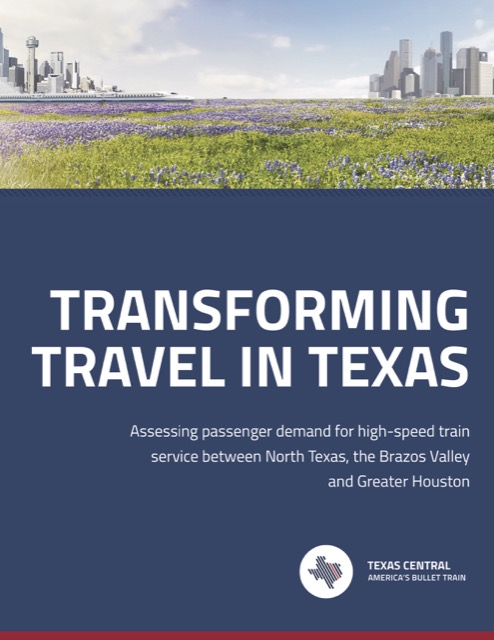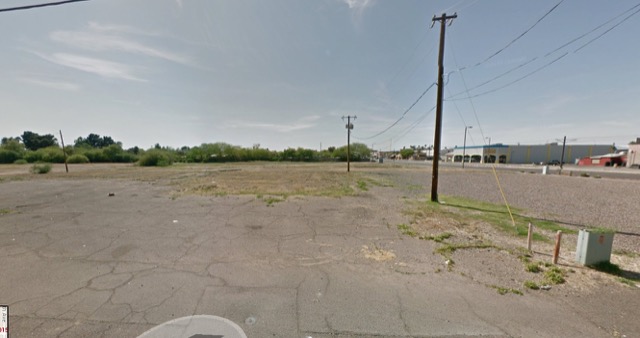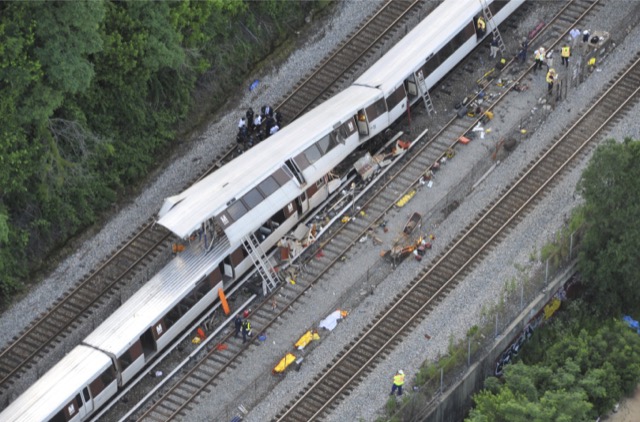A few weeks ago, the Antiplanner reviewed the proposed Texas Central high-speed rail line between Dallas and Houston and concluded it was not viable. Last week, the Reason Foundation released a much-more detailed review that reaches the same conclusion.
Reason’s report notes that Texas Central officials claim they won’t need any subsidies, but still plan to ask the federal government for government-guaranteed low-interest loans. While Reason joins with the Antiplanner in supporting private rail projects, the desire for government-backed loans, says Reason, makes it “critical to assess the viability of this project.”
Reason’s assessment concludes that Texas Central officials have overestimated ridership and underestimated costs. As a result, ticket revenues are likely to fall almost $100 million per year short of operations & maintenance costs. Of course, that means there would be nothing left over to repay the government-guaranteed loans, so lenders would be out about $18 billion. That’s based on a construction cost of at least $20 million per mile based on the fact that the only high-speed rail lines that have been built for less had cheap or free right of way. Since the line in Texas would go over mostly private land, the right of way isn’t likely to be cheap.










